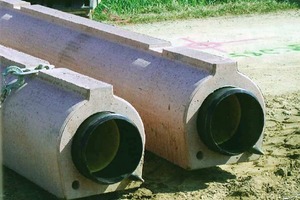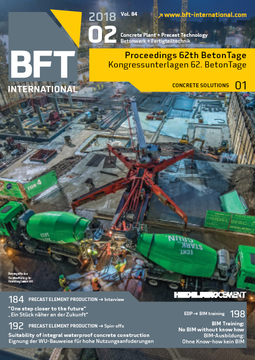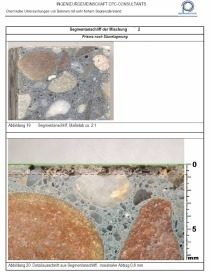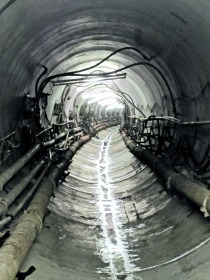Construction and testing of drains and sewers
The revised edition of Worksheet DWA-A 139 includes the supplementary notes and further explanations on DIN EN 1610 “Construction and testing of drains and sewers” (Einbau und Prüfung von Abwasserleitungen und -kanälen) considered necessary by the expert community involved. It is intended for the Worksheet to facilitate the application and interpretation of DIN EN 1610 and to assist the parties involved in construction in recognizing and using the scope offered by the standard. Compared to Worksheet DWA-A 139 (edition 12/2009), the amended Worksheet (yellow print as at 2017-06-30) includes both amendments and further explanations. These concern, inter alia, the following subjects:
requirements on design and invitation to tender
foundation soil
short sections of trench
construction of the sewer trench
trench support system
self-compacting backfill materials
further information on leak testing
The present paper emphasizes the subjects of sewer trench and embedment construction, as well as temporarily flowable, self-compacting backfill materials.
When applying the open-trench method to construct sewer systems, the related structural analyses must be based on ATV-DVWK A 127 and DIN EN 1295; project execution must adhere to DIN VOB/C 18306 [1], DIN EN 1610 and DWA-A 139. In the process, errors may be committed such as:
inappropriate embedment design or deviations from the structural analyses performed for the pipes
selection of a trench support system incompatible with the specified structural pipe parameters
non-compliance with the design gradient, resulting in pipeline subsidence/settlement
rigid connection of the pipes to manholes and sewer structures with subsequent cracking in the connection zone (not considered in this paper)
Designers should be aware of the common processes and work steps involved to prevent the issues described above, which particularly applies to the design of the pipeline embedment and bedding. Designers and clients need to be open to deviations from the minimum trench widths specified in DIN EN 1610 to provide additional workspace to the pipe-laying teams. Errors can be safely prevented by providing regular training and performing checks during installation of the bedding and backfill alongside the pipeline. Intelligent concrete products such as the PerfectPipe type of pipe (Fig.) are major contributors to reaching this aim. Optimizing the pipe geometry significantly contributes to facilitating and speeding up the pipe-laying process whilst increasing the pipe’s bearing capacity. Expectations have been met by the experience gained with using this pipe system.
“Temporarily flowable self-compacting backfill materials” (flowable fill) can be used to construct the pipeline embedment and main backfill. An essential property of flowable fill should be the long-term suitability for removal using lightweight equipment. The use of these construction materials dispenses with the need for mechanical compaction processes. Temporarily flowable self-compacting backfill materials can be manufactured from native soils, manufactured soils or suitable recycling materials. Requirements on the soil-mechanical properties and especially on the long-term properties need to be defined and monitored, taking into account the interactions with the surrounding soil and groundwater. The relevant provisions have been included in Worksheet DWA-A 139 (yellow print) and in the FGSV Hinweise (notes published by the German Research Association for Roads and Traffic). The paper presents the experience gained and statements made with regard to profitability. Using self-compacting flowable backfill materials can be beneficial if the related workflows are aligned with the specific requirements associated with their use.







